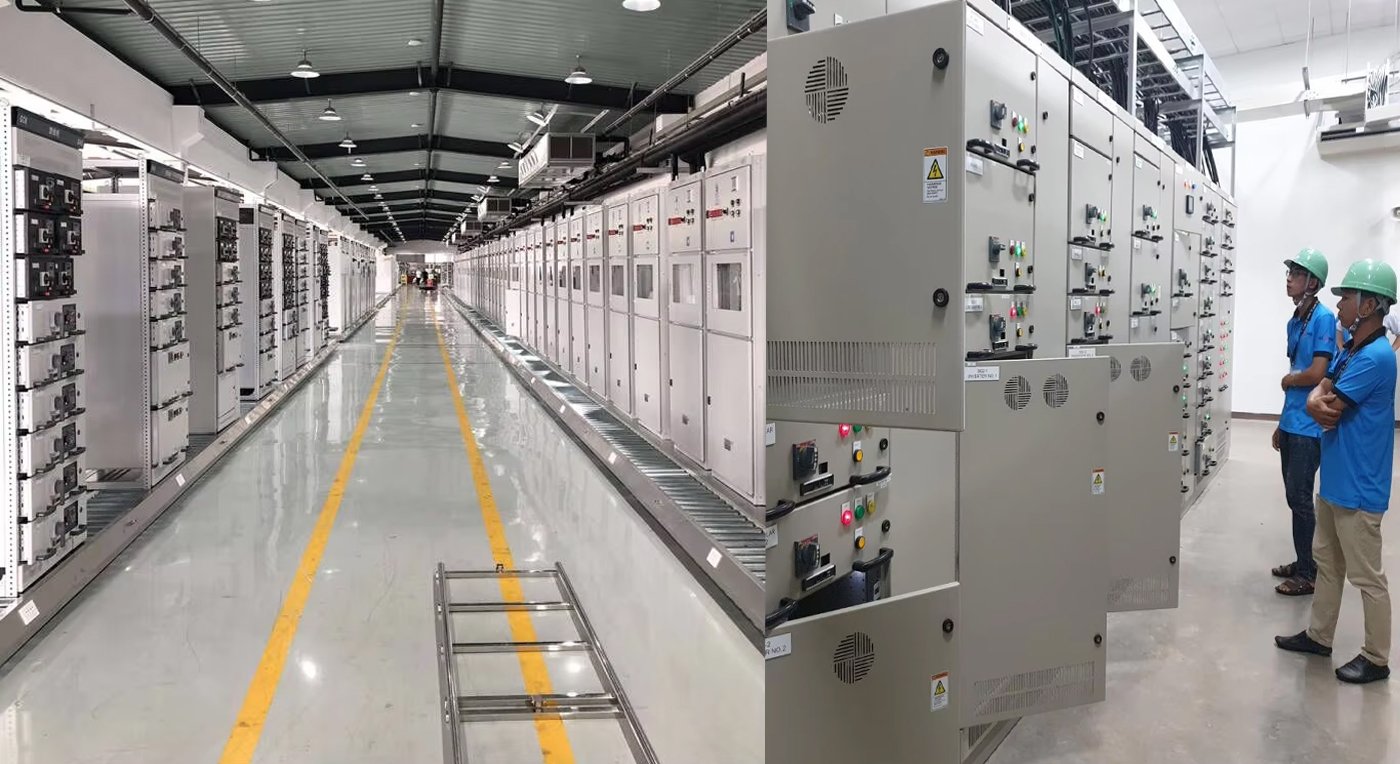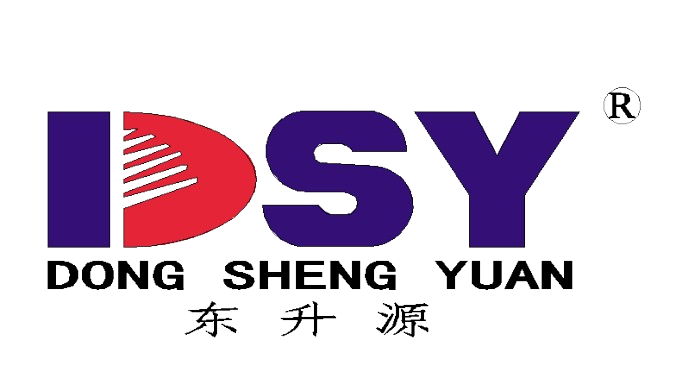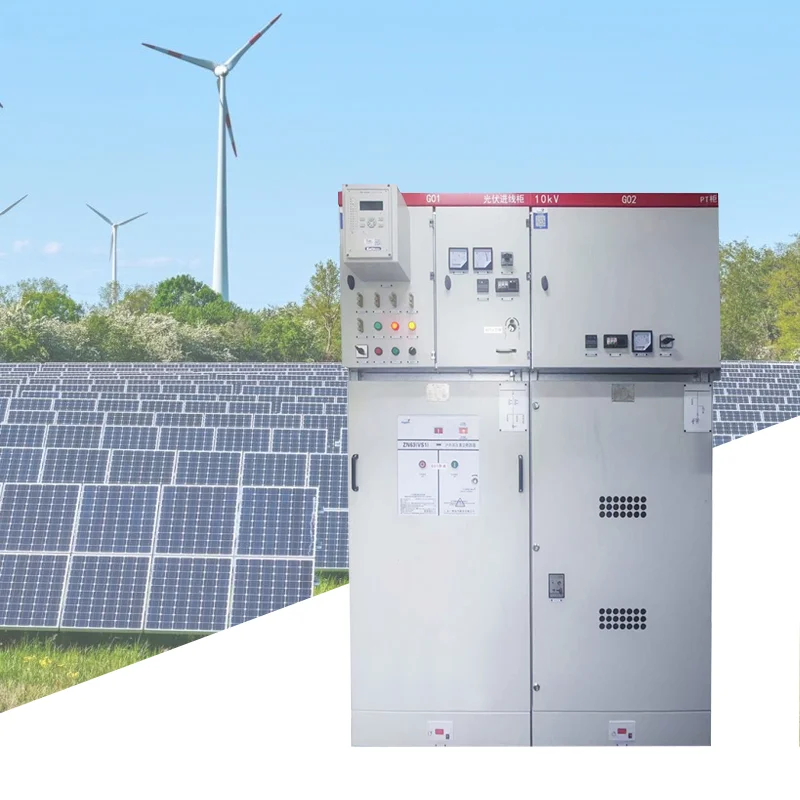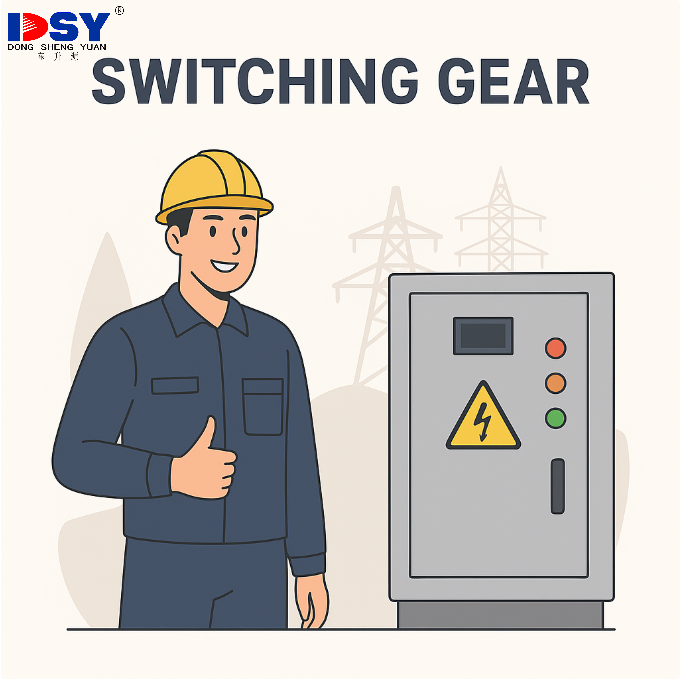How to Choose Low Voltage Switchgear: A Buyer’s Checklist
Introduction
As a procurement manager or EPC contractor, your job is not only to get a competitive price—it is to ensure the switchgear you choose passes inspection, supports uptime, and avoids costly rework. The biggest risks come from non-compliance, failed FAT, or operational failures. The right selection delivers compliance, reliability, and long-term savings. This checklist highlights what you must check at each step.
Why Choosing the Right Low Voltage Switchgear Matters
The difference between a poor and a strong decision is measured in project outcomes. Wrong choices often mean delayed approvals, hidden costs, and safety risks. Correct choices ensure compliance, smooth commissioning, and lower total cost of ownership.
| Decision | Risk if Wrong | Benefit if Right |
|---|---|---|
| Standards & Certification | FAT rejection, rework, project delays | First-time inspection pass, no compliance disputes |
| Architecture Choice | Extended downtime during maintenance | Reduced MTTR, higher uptime, operational continuity |
| Vendor Qualification | Unreliable delivery, poor service, hidden costs | Predictable schedule, strong support, lifecycle savings |
Step 1 – Define Your Project Requirements
Buyer focus: Clearly define rated voltage, current, and short-circuit withstand (Icw/Icc). If these do not match site demand, the gear will fail type tests. Assess installation environment: indoor/outdoor, IP/IK rating, corrosion resistance, and seismic requirements. Always request at least 10–15% spare feeders for future expansion—this saves costly redesign later.

Step 2 – Verify Standards and Compliance
Buyer focus: Always require IEC 61439 design verification, routine verification reports, and CE/UL certificates. Non-compliance is the #1 cause of inspection rejection. Check vendor ISO certifications to confirm consistent quality processes.
Step 3 – Choose the Right Architecture and Protection
Buyer focus: Decide between fixed and withdrawable units. Fixed lowers CapEx but forces shutdowns for service. Withdrawable reduces downtime and is ideal for data centers and critical industries. Confirm Form of Separation (2, 3, or 4)—this directly impacts safety and serviceability. Demand a protection coordination study to avoid cascading failures.
| Option | When to Use | Procurement Watch Point |
|---|---|---|
| Fixed Units | Budget-sensitive projects with low uptime demands | Confirm planned outage strategy and spare capacity |
| Withdrawable Units | Critical sites where downtime is costly | Check MTTR data, ensure proper interlock and FAT test |
| Form 4 Separation | Industries needing maximum safety and service continuity | Verify supplier provides tested compliance evidence |
Step 4 – Evaluate Build Quality and Components
Buyer focus: Require copper busbars for higher reliability, and always check temperature-rise test reports. Specify enclosure materials based on site—stainless for corrosive zones, steel for standard use. Verify all devices comply with IEC 60947. Mixing standards creates failure points.
Step 5 – Integrate Digitalization and Monitoring
Buyer focus: Smart monitoring is now an industry expectation. Ask vendors for meters, PQ analyzers, and gateways (Modbus/TCP, IEC 61850). These tools cut downtime and support predictive maintenance, giving buyers lower Opex and higher ROI.
Step 6 – Assess Vendor Reliability and Documentation
Buyer focus: Require a witnessed FAT that includes visual checks, interlock testing, and secondary injection of relays. Demand a complete documentation package: GA drawings, SLDs, device list, wiring diagrams, and O&M manuals. Without this, commissioning stalls. Check vendor credentials: ISO, references, spares support, and service SLAs.
Step 7 – Consider Industry Applications
Buyer focus: Match switchgear design to sector needs:
- Data centers: Withdrawable design, arc-flash mitigation, online maintenance
- Renewables: Outdoor ratings, inverter compliance, corrosion protection
- Oil & gas: Rugged enclosures, high fault withstand, hazardous area interlocks
Step 8 – Evaluate Total Cost of Ownership (TCO)
Buyer focus: The lowest bid often becomes the most expensive choice. Assess maintenance intervals, spare strategy, MTTR/MTBF, and downtime cost. Vendors offering predictive monitoring and after-sales support usually deliver the lowest lifetime cost.
Buyer’s Quick Screen: Red Flags
- No IEC 61439 documentation provided
- Non-IEC 60947 devices included
- Unrealistic delivery promises without capacity proof
- No spares program or weak after-sales service
Conclusion
Choosing low voltage switchgear is a strategic procurement decision. The wrong choice risks failed inspections, costly downtime, and overruns. The right choice ensures compliance, efficiency, and long-term reliability. Use this checklist at every step to protect your project investment.
Call-to-Action
Looking for IEC-compliant, factory-tested LV switchgear with buyer-ready documentation? Contact us today to request a quotation or technical datasheet pack.





